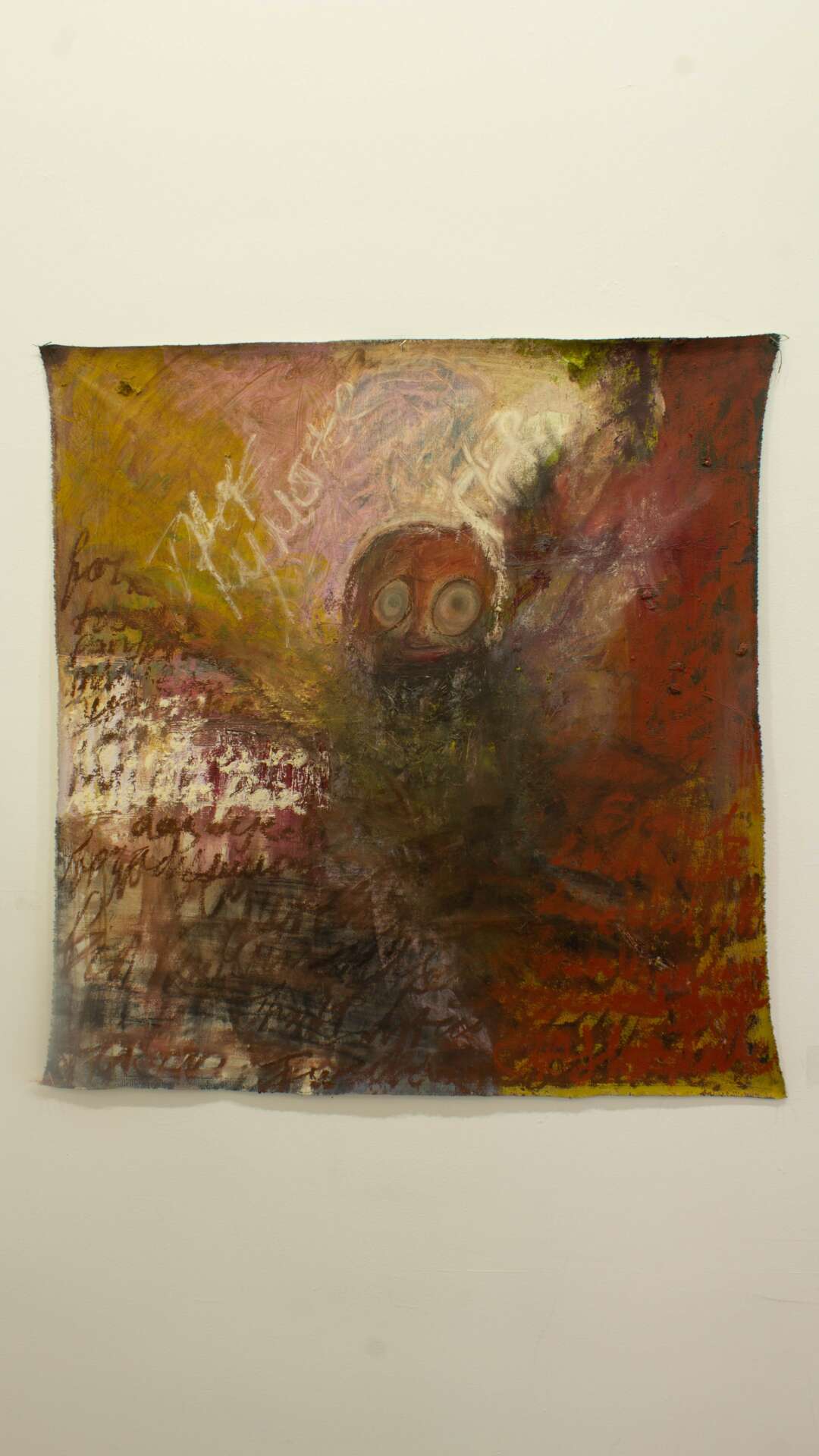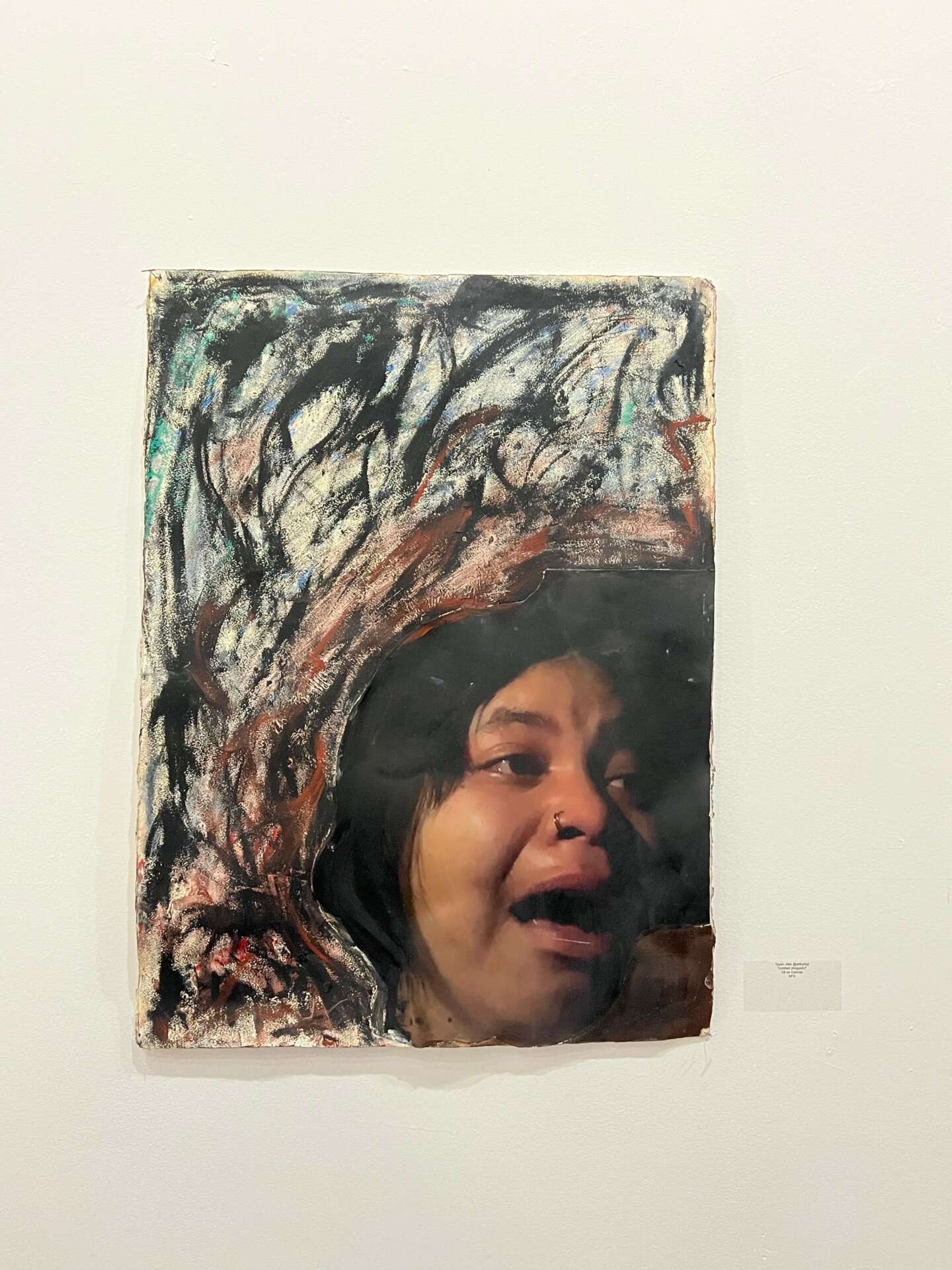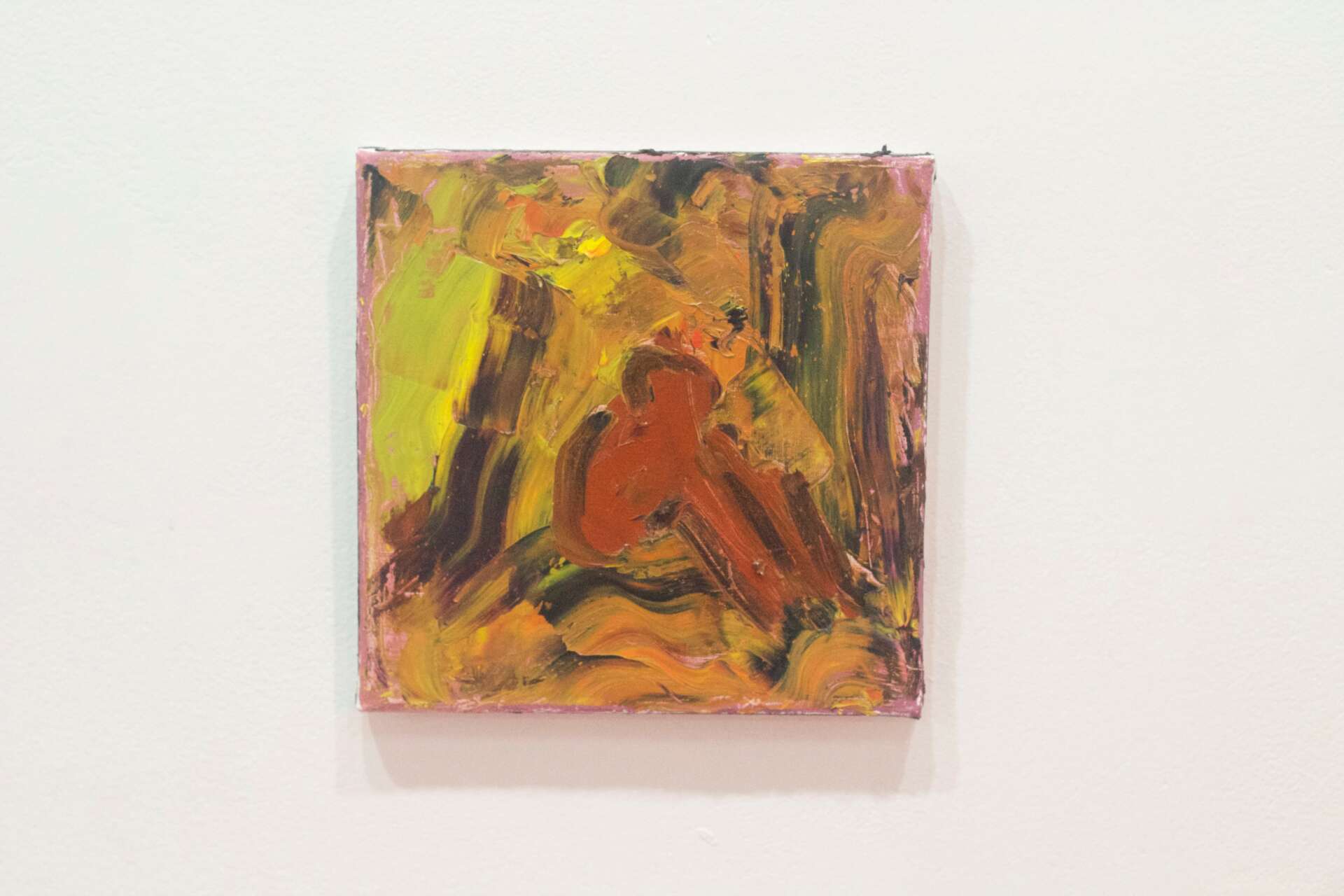We caught up with the brilliant and insightful Taylor Jiles a few weeks ago and have shared our conversation below.
Taylor , thanks for joining us, excited to have you contributing your stories and insights. Can you talk to us about how you learned to do what you do?
I am an artist whose chosen medium is paint, specifically oil paint even though I dabble in acrylic paint and more recently house paint. Painting started as a hobby, and with acrylic paint which I would say is infinitely more commercialized than oil paint, you don’t need to learn to much to manipulate it. I started with acrylic paint and found that it dried to fast and thin for my liking so I researched different types of paint and that’s when I discovered oil paint. Oil paint is known for the smoothness, often described as a buttery feel, that can be used to create either really smooth realistic renderings or really textured creations referred to as impasto. When I first used oil paint, I only purchased two colors; ivory black and titanium white, along with gamsol which is an odorless mineral spirit used alternatively to turpentine or other harmful paint thinners. I had no idea what I was doing and wasted some expensive materials. At that point, I decided to learn everything about painting with oils through youtube, discussion boards, blogs, and accredited websites, and even more than just reading about the techniques, actually applying them to my process and my practice.
It took me over a year to fully get comfortable using oils, applying those techniques and experimenting with them in a way that worked for my practice.
Once, I was comfortable using the medium, I was in two classes that were very concept based and that was not my strong point. All of my work has a story, but being able to translate that story in a way that reads accurately on canvas is a different story. Those classes really pushed me to think fundamentally and critically about my work.
I consider myself self-taught in all aspects of my practice, and I learn by experience and hands on application. While objectively I could’ve taken classes, courses, workshops, etc to accelerate my learning, I believe that I learned everything I needed to learn at the perfect pace for me. At this point in my practice, I am looking to expand my technical application by going to school for my BFA or MFA depending on the program that best fits for me.


Taylor , before we move on to more of these sorts of questions, can you take some time to bring our readers up to speed on you and what you do?
I am a 23-year-old self-taught artist and painter who is rebellious yet disciplined in her practice. I have chosen a life in art, and it has chosen me. This testament has been reinforced by recent accomplishments such as having work featured in local Atlanta galleries and private collections. As my practice continues to evolve, my curiosity piques, and my chosen path satiates my need for knowledge.
I can’t really say what I am known for because I think I am still experimenting with what works for me. I am comfortable with abstraction. So that would be the thing I would say I’m known for. I make work that you have to sit with. Work that stays in the back of your mind and you have to stare at it for minutes or hours to really get it. All of my work is personal to me, so people may not always know the intention behind the image or why I painted it. You just know that you see this image and you feel something.
While abstraction is comfortable, I just finished a body of work that I would consider abstract figuration that was shown at MINT art gallery in the West End of Atlanta.
My practice is centered around creating work for expression and not specifically for a person or institution. I offer commissions for private collections and those commissions require almost full creative control with the exception of choosing a specific color palette and the dimensions of the piece.


In your view, what can society to do to best support artists, creatives and a thriving creative ecosystem?
The most important thing society can do to support creatives and the creative ecosystem, is to purchase work from local artists in their community. It is imperative to do so, because monetary support allows creatives to not only sustain their practice but it actively dismantles the “starving artist” trope that society has pushed on creatives for so long. Along with monetary support, recommendations to friends, institutions, coworkers, companions, anyone who is looking for a service that a creative can provide is another essential part to supporting creatives and the creative ecosystem. Every creative has gotten work from word of mouth. Mention artists/creatives whose work resonated with you and put those names in rooms their feet have not hit yet. It makes all the difference.
What’s the most rewarding aspect of being a creative in your experience?
A rewarding aspect of being an artist for me is seeing my work resonating with the audience that it is in front of during shows, and that work resonating with someone so much it gets purchased. It reminds me that I continue my journey as an artist to connect with people and connecting with others through my work is a lovely, gratifying feeling. Another rewarding moment is people reaching out because they’ve seen my work and want to acknowledge the emotion put into it.
Lastly, the most rewarding aspecting of being an artist for me is having meaningful conversations about my work. It feels amazing to put my all onto a canvas, and a complete stranger resonating with it so much they are able to know what its about without me even having to open my mouth.
Contact Info:
- Website: strokesbytayj.com
- Instagram: @artbytayj
- Linkedin: www.linkedin.com/in/taylor-jiles-404749248
- Twitter: @artbytayj
- Other: TikTok: @artbytayj Email: [email protected]
Image Credits
All images provided by Indigo Sule @999gyro


